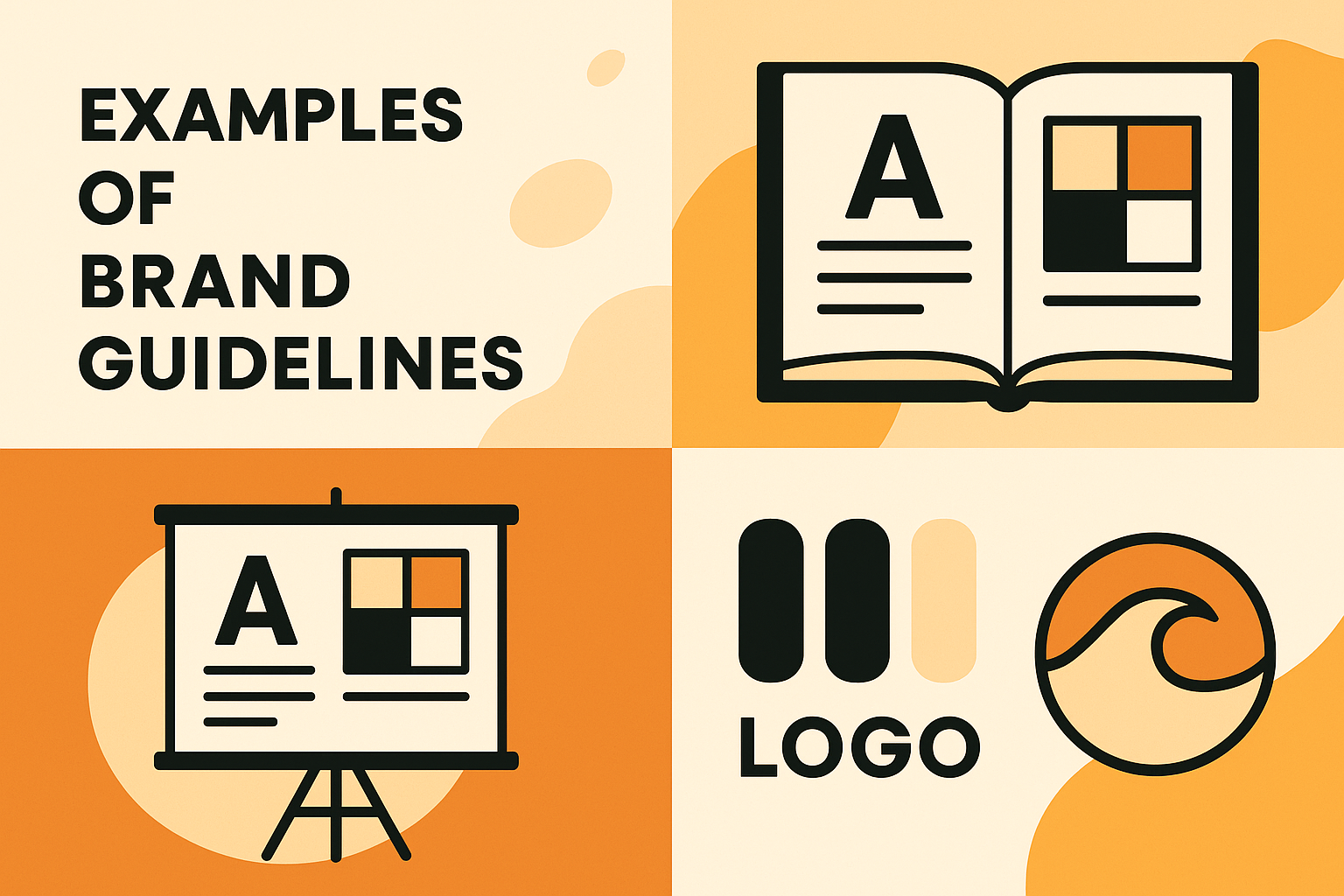Table of Contents
Key Takeaways
-
Robust brand guidelines foster trust, inspire consistency, and give teams the confidence to represent your brand.
-
Firm rules for logos, colors, type, and pictures make sure your brand appears consistent on every touchpoint, increasing familiarity and trust.
-
A distinctive brand voice and tone, combined with resonant storytelling, make your brand unforgettable and accessible to audiences everywhere.
-
Ethics and UX don’t always find a place in brand guidelines, but including them in your guidelines cultivates loyalty and connection with your audience.
Big names like Spotify, Slack, and Airbnb have cracked the code—and they’re generous enough to share their brand guides with the world. In the next section, we’ll break down real-life examples and actionable tips so you can craft a brand book that works for any team size—whether you’re a scrappy startup or a global powerhouse.
Why Guidelines Matter
Brand guidelines, often referred to as a branding guide, are the unsung hero of every reputable company. They influence how customers perceive you, how teams operate, and how you scale, ensuring a consistent brand identity across all brand elements.
-
Make your brand easy to spot and remember
-
Build trust by keeping every detail the same
-
Help teams stay on the same page
-
Speed up the creative process, saving time and effort
-
Minimize errors and ambiguity, both internally and externally.
Build Trust
Trust is slow. They want to know what to expect from your business, whether they see your logo on social or open an email from your team. By adhering to your brand style and tone, it says to people that you pay attention to quality.

A nice guideline is when a tech consultant uses the same logo, colors, and voice in each proposal. Clients observe. They begin to feel more comfortable doing business with you, because your stuff always LOOKS and SOUNDS the same.
Guidelines help you communicate your values, so customers know what you believe. If your brand says “fast support,” but your messaging slips, trust crumbles quickly. With regular guidelines, folks witness you follow through.
Ensure Consistency
Consistency isn’t a nice-to-have—it’s a requirement for getting noticed. When every facet of your brand is consistent, people remember you. That means the same logo size and color, everywhere, from your website to your invoices.

One stumble and your brand can appear disparaged or unpolished. Bold guidelines instruct you where to apply your colors and fonts so that nothing gets lost in translation. For instance, a digital agency could select two primary colors and one highlight, then employ them on every assignment.
Choosing one typeface (or two, max) prevents your message from appearing disorganized. Even tiny stuff, like icon style or spacing, really makes a big difference.
Empower Teams
Brand guidelines aren’t just for designers—they’re a crucial tool for all team members. When your team understands the branding guidelines, they can create new work without reinventing the wheel each time. This not only accelerates project timelines but also ensures that everything you produce aligns with your overall brand identity.
Provide your team with a convenient reference, including samples for all brand elements—logos, fonts, and tone of voice. Demonstrate what’s acceptable and what’s not by using a branding guide example. Conduct mini-workshops or distribute simple checklists to help everyone stay aligned with the brand.
This way, teams can experiment while maintaining a consistent brand identity. Graphically.io offers support for overwhelmed organizations with project management and creative assistance, allowing teams to focus on what truly matters.
Core Components of Brand Guidelines
Brand guidelines are more than a rule book—they are the playbook for how teams and partners demonstrate a brand’s authenticity.
The table below sums up the key components and their main purposes:

A brand book should home in on these components and provide precise, easy-to-follow guidance. Each should assist in spreading what makes the brand tick. Check them frequently to keep them fresh and authentic.
1. Brand Heart
Mission, vision, and values are at the heart of any brand. Explicit language about what the brand represents assists everyone—internal and external—to relate. The emotional connection a brand pursues can be demonstrated by tales that ignite confidence or joy.
For instance, a little agency may narrate how it assists local shops to thrive, whereas a larger brand may recount tales of worldwide influence.
2. Logo Usage
A logo has to function in hundreds of locations—on websites, business cards, and social media. A good guide shows every version: full color, black-and-white, icon-only. It dictates the minimum size so it remains legible and cautions against elongating, drop shadows, or color alterations.
Providing imagery of right vs. Wrong usage helps teams nail it, every time.
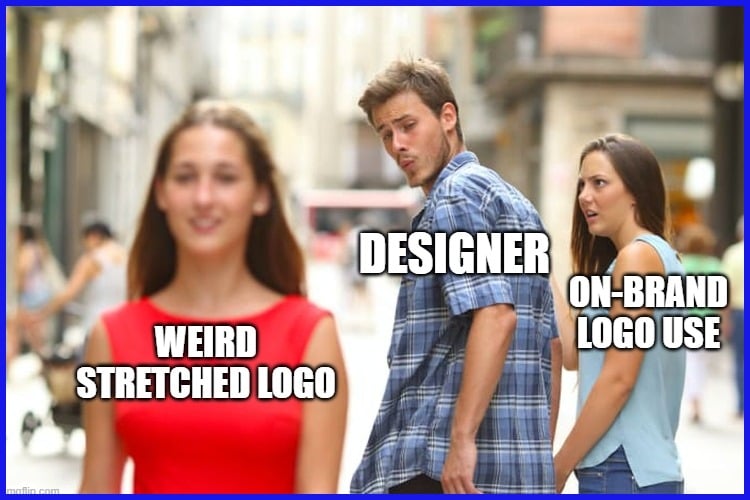
3. Color Palette
Color talks before words. A robust brand guide specifies primary and secondary colors, with HEX & RGB codes for screen and printing. Combining colors just the right way keeps the look clean and authentic.
Red can demonstrate vitality, and blue instills trust. We use real-life combos so teams can select shades that complement each other.
4. Typography
Font rules extend beyond selecting a typeface. A brand guide dictates what fonts to use for headlines and copy, along with their sizes and spacing. It can identify fallback fonts for those occasions when the primary choice isn’t there.
Illustrating type application in ads, web banners, and print ads animates the guidelines. Clever use of type size and bolding assists readers in finding what’s most important.
5. Voice and Tone
Voice is how a brand sounds in language, which is a key element of brand identity. Great brand guidelines include example copy and demonstrate how tone can change by audience—conversational for consumers, more formal for partners.
6. Imagery
Visuals reflect the unspeakable. A brand book says what images, artwork, or symbols are right for the brand. It might talk about using vibrant, lifelike images or minimalist illustrations.
The right visuals ignite the right emotions—joy, trust, and enthusiasm. In/out examples assist teams in avoiding off-brand choices.
Inspiring Guideline Examples
Brand guidelines exist in all shapes and sizes, influenced by business needs and the individuals behind them. Some maintain a breezy simplicity, while others delve into detailed brand guidelines that encompass brand identity and brand elements. Each style conveys something about the brand’s story, its values, and how it wants the world to perceive its consistent brand identity.
The Minimalist
Minimalism is a go-to for brands that want their message to sparkle, not get buried in clutter. Apple and Uniqlo are the precedents for this. Their guidelines employ clean layouts, simple color schemes, and explicit policies for logos and fonts.

No mess, just the basics. These guidelines describe logo space, color options, and type size in a few easy steps. Designers adore them as they’re intuitive to read and implement, wherever in the world they are!
A minimalist guide allows smaller teams or agencies with many clients to maintain clarity. That’s why so many small businesses and agencies favor this approach—simple to update, simple to share, and without having to wade through tons of pages.
Here at Graphically.io, we’ve noticed clients commonly request no-frills how-to guides that work for rapid onboarding and lightning-fast deployment. Easy to use equals fewer errors and more space to nurture that creative side.
The Interactive
Some brands want their guidelines to be more than a PDF. They create online, interactive tools—like Google’s Material Design or Uber’s brand system. These allow users to click through logo dos and don’ts, watch colors shift live, or even download assets.
It turns learning the rules from a chore to a hands-on activity. It’s not all about aesthetics—interactive guides ensure that teams across the hallway or an agency in another country nail the specifics.
When you have a living document, there’s no ambiguity as to which version to use. Updates are immediate. This time saves you and keeps everyone in the loop, making errors less likely.
Interactive guides are particularly handy for digital agencies and tech consultants who manage lots of projects. They help ensure every piece of work fits the brand, be it a website in Europe or a campaign in Asia.
The Story-Driven
Brands such as Airbnb and Coca-Cola tell stories in their guidelines to create stronger connections. Instead of simply enumerating guidelines, they discuss why their logo is designed that way, what history informed their color palette, or how their principles influence every image selected.
This kind of storytelling makes the rules stick because people remember stories, not checklists. These guides typically begin from the brand’s origin, its mission, and the rationale behind each design decision.
When guidelines are authentic, they do more than set rules—they generate trust and pride. Agencies and small businesses can take a cue here: even a short backstory about your brand’s roots or goals helps everyone get on board, from new hires to outside partners.
The Unwritten Rules
Unwritten rules influence how brands act, communicate, and engage — even if no one ever codifies those rules in a manual. These expectations escalate as teams observe what works and duplicate what clicks.
Most of these habits mirror a brand’s underlying culture—what everyone senses but seldom articulates. The greatest teams trust their gut and their guidebooks. They observe, listen, and educate themselves from one another, and they adjust along the way.
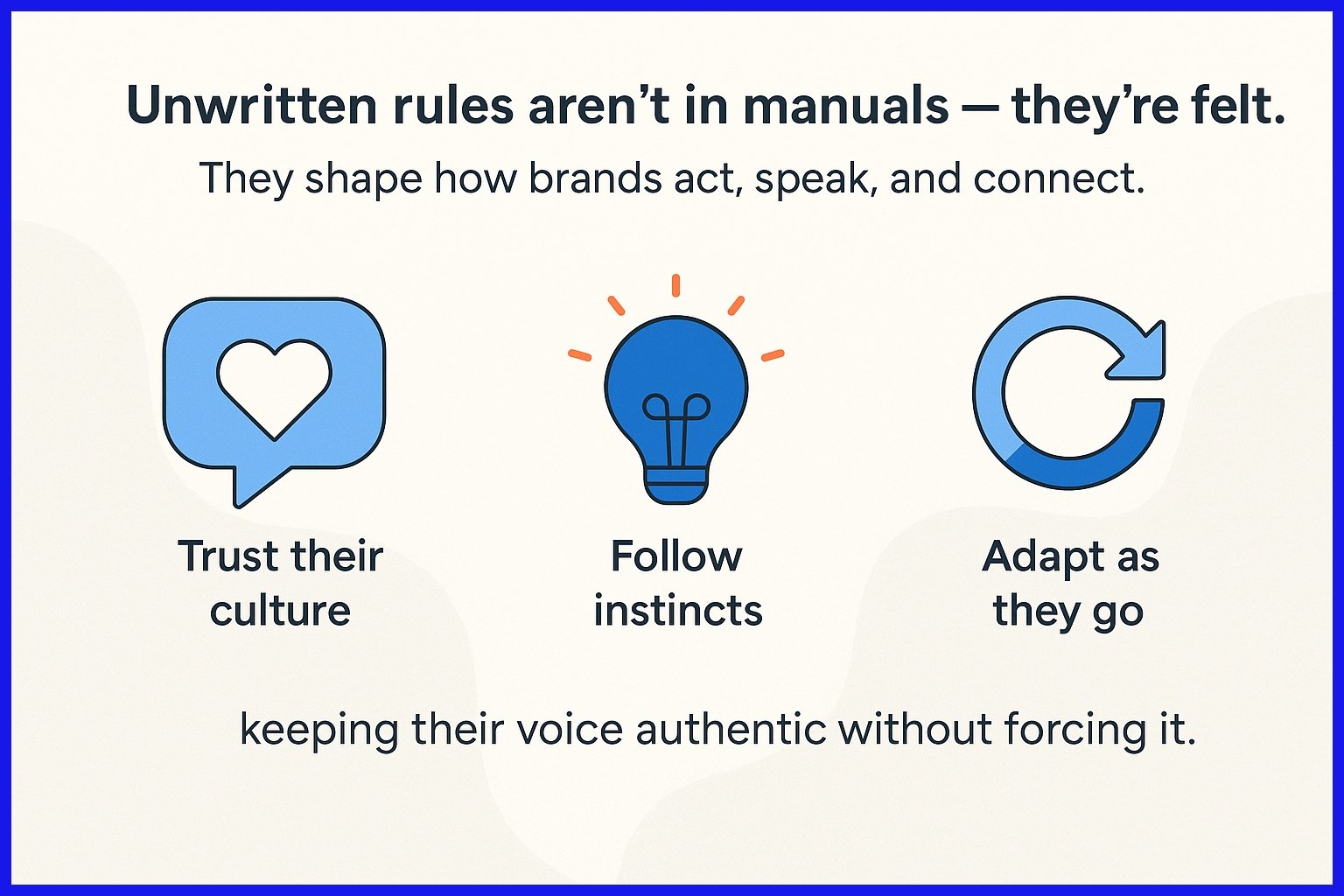
That’s how brands like Graphically.io keep their tale tight without it being stiff or phony.
Brand Feel
Something like: the vibe of a brand is the vibe it emits. It could manifest itself in hues, word selection, or photo layouts. Certain brands seem whimsical, employing bold colors and rounded forms.
Still others opt for crisp lines and muted tones, rendering them sleek or upscale. It’s this feeling that informs expectations. When a brand feels warm, people might trust it more.
If it sounds cold or stiff, it might spook new arrivals. Teams have to breathe this feel into every email, every post, every design. If the brand says it’s friendly but its words are harsh, trust decreases.
Just take a look at LEGO or Spotify. Their playful, transparent manner resonates across the board–on their sites, in their ads, and even in their support notes.
User Experience
-
Keep navigation easy and obvious.
-
Readable fonts and color contrast.
-
Keep load times low — less than 2 seconds if you can.
-
Try it out on desktop and mobile.
-
Provide explicit feedback when users perform (click a button).
-
Use simple words, not buzzwords, in every communication.
-
Include compelling calls to action so visitors always know what they should do next.
-
Get feedback frequently, then adjust designs based on actual input.
Design decisions define the experience of each click and swipe. If a site confuses people, they bounce.
Feedback loops count. Clever squads solicit user feedback frequently and iterate quickly. Apple and Airbnb both lead with user-first design, making it easy for anyone to get what they want immediately.
Ethical Stance
Every brand means something, even if no one writes it down. These principles direct what is shared, who is hired, and how errors are corrected.
Transparency about the decision-making process creates trust. If a brand shies away, folks can tell. Social responsibility couples with trust—brands that assist their communities acquire more loyal followers.
More and more brands are wearing their values on their sleeves. Patagonia’s guides provide employees with unambiguous direction on what’s right and what’s not.
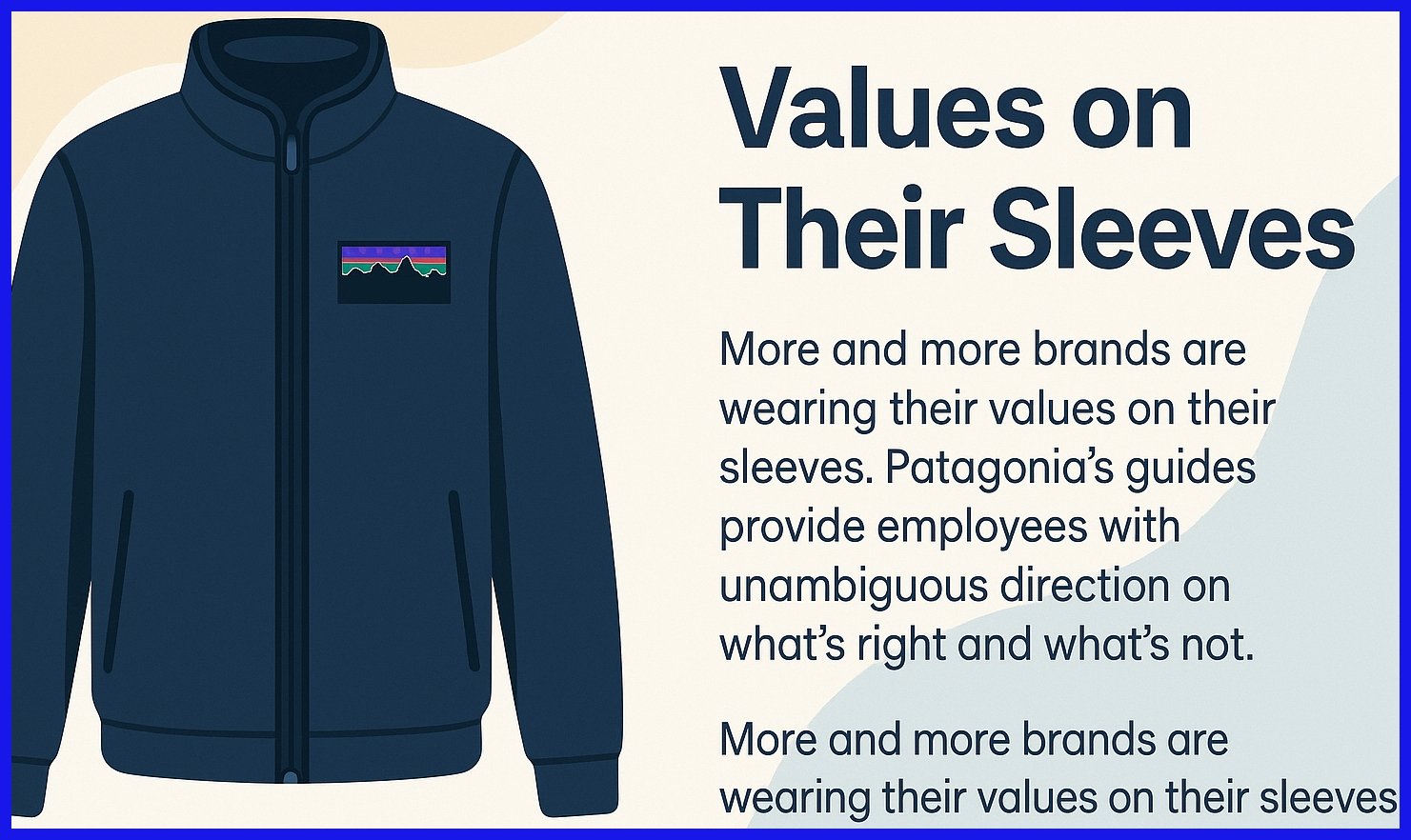
Creating Your Guidelines
Creating your brand guidelines is like drawing a well-defined roadmap for your team, collaborators, and customers. Great guidelines maintain your brand’s equilibrium and keep all of us on track, regardless of where we’re from or what our background is.
This part deconstructs the process, from initial to continuous updates, with practical guides for small businesses, agencies, and consultants.
-
Define your brand’s core identity: logo, color palette, typeface, tone of voice, and main message.
-
Gather input from key stakeholders—designers, marketers, and leadership.
-
Use simple language and clear visuals.
-
Write your rules as a living document that changes as your brand evolves.
-
Share the draft for feedback.
-
Edit from feedback, with an emphasis on clarity and usefulness.
-
Leverage templates, or frameworks — Graphically.io, for instance, has simple-to-edit templates that save time and help standardize your work.
-
Educate your staff so that all know how to utilize the guidelines.
-
Set a schedule for regular reviews and updates.
Start Simple
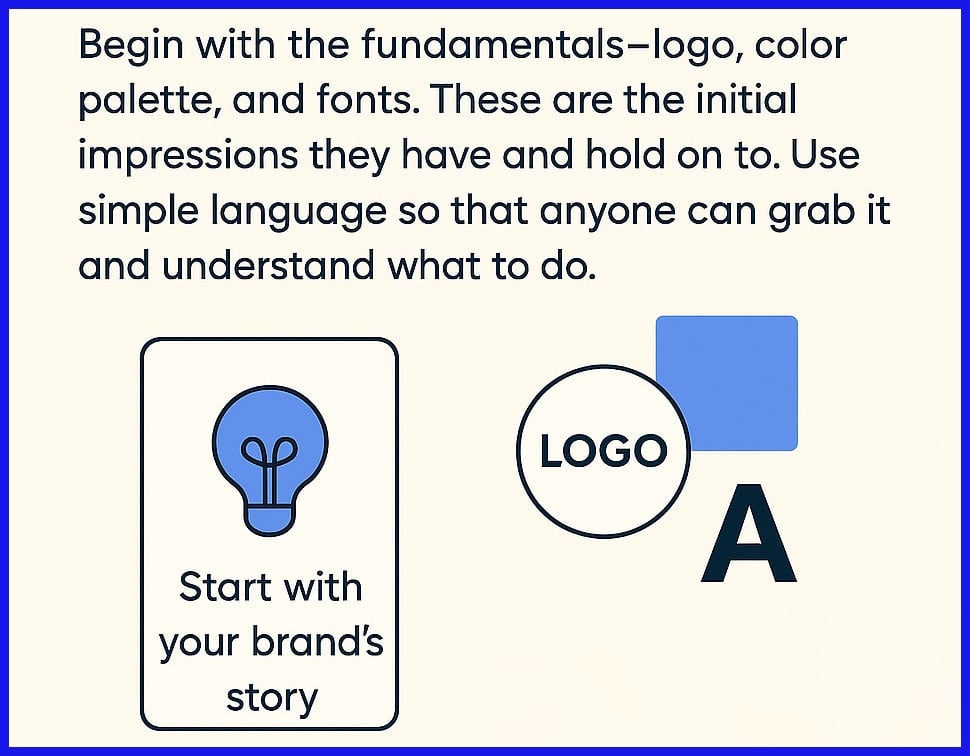
Start with your brand’s story. What do you want people to feel when they encounter your brand? Make certain your messages align with those emotions.
If you have global clients, verify that colors and symbols are legible and universally mean the same thing. As your brand evolves, add additional specifics. Maybe you’ll have guidelines for social media messages or business card designs.
Seek Feedback
Bring your team on board early. Seek input prior to firming anything up. Sales, support, design – everybody experiences the brand differently.
Employ surveys if you have a big group, or simply pose a couple of questions during meetings. Catch things that just don’t make sense or might confuse a newcomer.
All feedback is not created equal, but all voices matter. Filter opinions, seek out trends, and refine your rules. A quarterly review, too, helps catch what’s stale.
This maintains the guidelines helpful, not simply a tome that rests on a shelf.
Keep It Accessible
Your brand guidelines ought to be easy to locate. Use digital files like PDFs or shared docs. They’re simple to post and distribute.
A crisp table of contents or clickable links assist everyone in locating what they require quickly. Design layouts to be scannable. Short paragraphs, large titles, and plenty of examples help a lot.
Evolving Your Brand
Brand guidelines shouldn’t be carved in granite. They must breathe, shift, and grow as the world changes. While evolving with intention keeps brands fresh and relatable.
At its heart, evolving your brand is about reconsidering the decisions that shape your aesthetic and tone and message, then questioning if they remain aligned with where you wish to go. Stability fosters confidence while flexibility keeps you in sync with changing markets and preferences.
-
Set a regular review schedule for your guidelines.
-
Look for shifts in the market or consumer reactions, or your company’s direction.
-
Encourage new ideas that fit your main values.
-
Communicate updates clearly to all teams and partners.
-
Employ feedback to verify if adjustments assist or damage your brand.
When to Update
Brands need to see some obvious signs before they switch. If your look begins to feel stale — or your audience starts to shift — it’s time to see if your rules still rule. Big signals are a dip in engagement, comments that your brand seems out of touch, or expansion to new markets.

Other times, trends or tech in your industry move quickly, and you have to keep up with them to remain cutting-edge.
Periodic reviews keep your guidelines in line. Most recommend looking once a year, or post any big shift, like a new product, logo, or expansion. Don’t wait for trouble; get out ahead of it and schedule these reviews, so your identity remains strong and clear.
Listening is essential. If you receive feedback that highlights confusion or notice competitors advancing, it’s time to switch. Maintaining agility, while retaining what defines your brand, is the optimal approach to drive return visits.
Graphically.io, for instance, keeps its project quality management tight and checks with clients frequently, so updates are always on target.
How to Update

Tell the world why updates count. Blast an email, have a brief meeting, or circulate a video overview. The goal is to get everyone on the same page, so your site, ads, and social content are all aligned.
Once updates go live, deliver rapid training. That could be a walkthrough, a handbook, or a Q&A. Good training guides teams to apply those new colors, fonts, or voices the right way.
After a few weeks, seek feedback from teams and major customers. Did it clear things up? Do they become more connected to the brand? Incorporate this feedback to adjust your rules.
Keep in mind, a brand that listens grows.
Conclusion
Brand guidelines establish the basic principles for your aesthetics. They maintain the voice and style crisp, regardless of who’s at the helm or what lands in your inbox. Defined guidelines translate to less ping-pong, less frustration, and more victories for the crew. Whether you’re a small shop, a big firm, or an agile team of speed demons, you need a playbook. Basic rules assist everyone, from the new hand to the old hand.
Great brands don’t just happen! They establish trust and deliver on it in every line and color. To build the brand, begin with a simple mandate. Stick with it. Evolve your brand as you evolve. For clever, budget-friendly assistance with visuals, see Graphically.io. Nail your brand story, every time.
Frequently Asked Questions
What are brand guidelines?
Brand guidelines essentially define a brand’s identity and presentation, encompassing logo use, colors, and tone of voice, ensuring a consistent brand identity across all branding assets.
Why are brand guidelines important?
Brand guidelines help establish a consistent brand identity. They ensure that all brand elements look and feel cohesive, building credibility with clients and collaborators.
What are the core components of brand guidelines?
Core elements such as logo usage, color palette, typography, imagery style, and messaging are crucial in a branding guide, directing a brand’s look and voice.
Can you give examples of effective brand guidelines?
Yes. Brands such as Google, Airbnb, and Spotify have well-defined brand guidelines that ensure a consistent brand identity across platforms and markets.
How do I create my brand guidelines?
Begin with your brand mission, values, and visual look. Detailed brand guidelines might document logo rules, brand colors, fonts, and messaging to ensure a consistent brand identity that anyone can follow.
How often should brand guidelines be updated?
Refresh your brand guidelines document when your brand evolves or introduces new products to maintain a consistent brand identity and effective branding governance.
What are unwritten brand rules?
Unwritten rules are traditions or ethos within a brand identity, shaping voice and informing choices, even if not codified in a branding guide.

